Art has always played a significant role in human culture, providing a means of self-expression, creativity, and communication. Beyond its aesthetic appeal, art has the power to affect our brains and emotions in profound ways. In recent years, research has unveiled the fascinating science behind how art can change our brains and help combat loneliness, a prevalent and often underestimated issue in our society. This blog delves into the neurological and psychological aspects of art’s impact on our well-being, particularly in the context of combating loneliness.
Art and Brain Connectivity
Art, whether in the form of paintings, sculptures, music, or other creative expressions, has the ability to influence brain connectivity. Neuroimaging studies have shown that when people engage with art, various brain regions become more active. This increased neural activity can help improve cognitive functioning and emotional regulation, making us more resilient against the effects of loneliness.
- Enhancing Creativity: The act of creating art encourages the brain to think outside the box, fostering creativity. Creative thinking can lead to problem-solving skills that are essential for combating loneliness, as individuals can find new ways to connect with others or seek social support.
- Emotional Processing: Art often evokes powerful emotions. Engaging with art triggers the release of feel-good neurotransmitters like dopamine, which can counteract feelings of sadness and isolation. This emotional processing through art helps individuals better manage their loneliness and improve self-esteem.
- Connectivity Between Brain Regions: Art appreciation enhances the connectivity between different regions of the brain, improving overall cognitive function. This can help individuals navigate social interactions more effectively.
Art and the Release of Oxytocin
Oxytocin, often referred to as the “love hormone” or “bonding hormone,” is released in the brain during social interactions, particularly in close relationships. However, research has shown that engaging with art can also trigger the release of oxytocin, providing a chemical basis for the positive feelings associated with art.
When we experience feelings of loneliness, our brains can become deficient in oxytocin. Engaging with art, whether by creating it or appreciating it, can help increase oxytocin levels, thereby fostering a sense of connection and belonging, even in the absence of physical human contact. This effect makes art an effective tool in combating loneliness and improving emotional well-being.
Art and Mindfulness
Art can be a powerful medium for practicing mindfulness, which involves paying attention to the present moment without judgment. Mindfulness has been shown to reduce feelings of loneliness by promoting self-acceptance and self-compassion. When creating or experiencing art, individuals often become fully immersed in the creative process, which is a form of mindfulness.
Artistic activities, such as painting, drawing, or playing a musical instrument, can help individuals focus their attention on the task at hand, diverting their thoughts away from feelings of loneliness and social isolation. This mindful engagement with art not only enhances emotional well-being but also encourages self-reflection and personal growth, ultimately making it easier to connect with others.
The science behind how art changes our brains and helps combat loneliness is both fascinating and promising. Art engages various brain regions, enhances creativity, and promotes emotional well-being through the release of oxytocin. Additionally, art can be a form of mindfulness that redirects our focus from feelings of loneliness to the present moment, promoting self-acceptance and personal growth.
While art may not replace the need for human connection, it can serve as a valuable tool in mitigating the negative effects of loneliness and improving overall well-being. Whether through creating art, enjoying the creations of others, or participating in art therapy, the power of art to change our brains and combat loneliness is a testament to the enduring and transformative nature of creative expression in our lives.
Quantum Clinic’s Expressive Arts Lounge
We invite you to experience this for yourself by tapping into your creative potential in Quantum Clinic’s own expressive arts lounge. We have teamed up with expert psychologists to develop a unique series of integration prompts, designed to support your healing journey. Be it using all natural beeswax crayons or chalk pastels to color a body map of your energetic experience, or just playing with some clay, we invite you to deepen your experience through the arts.

